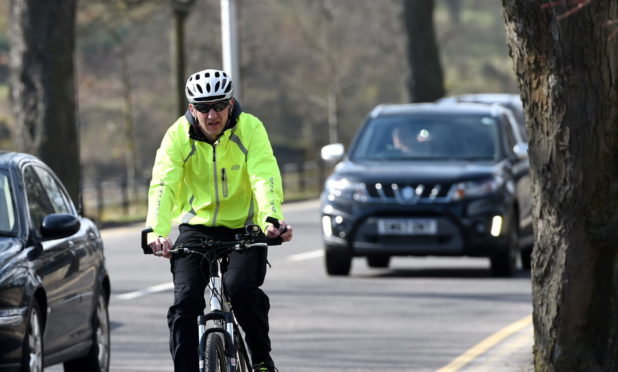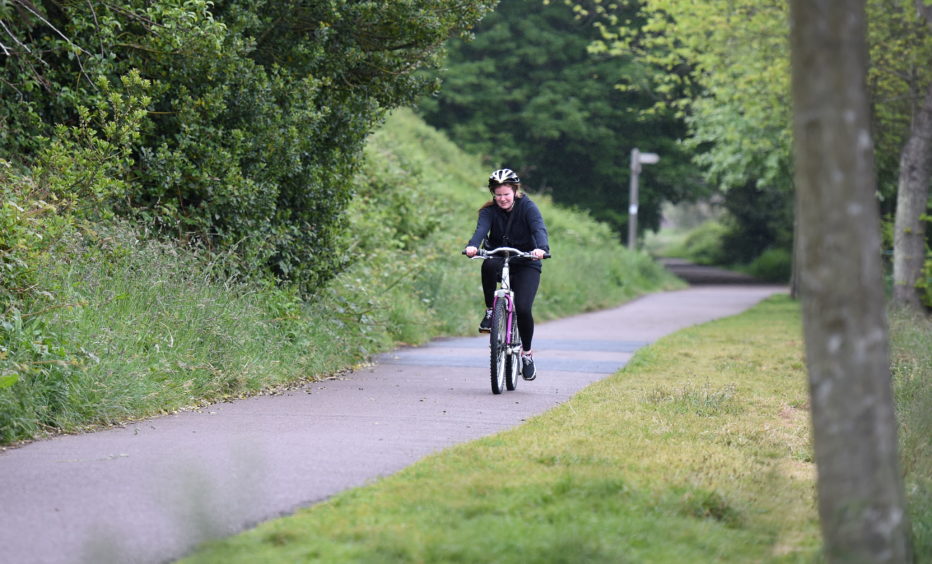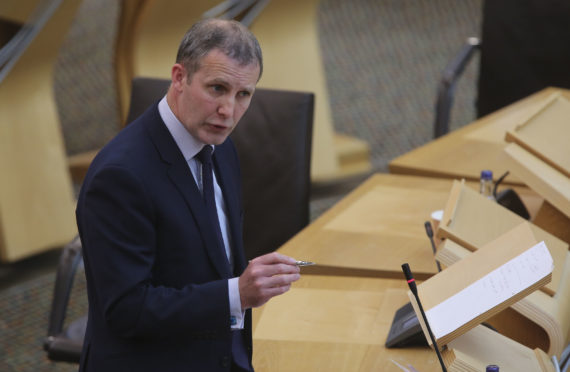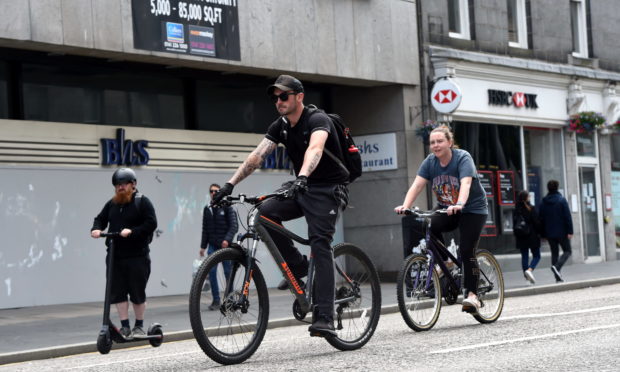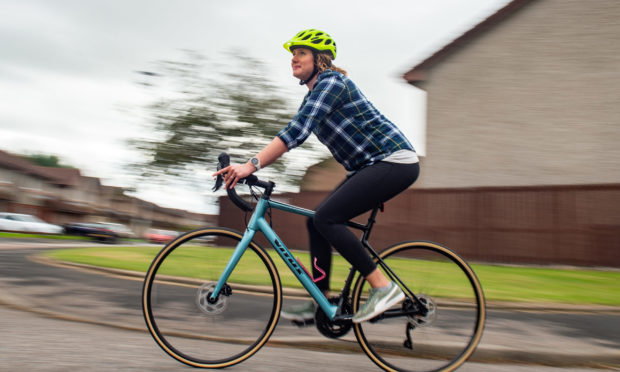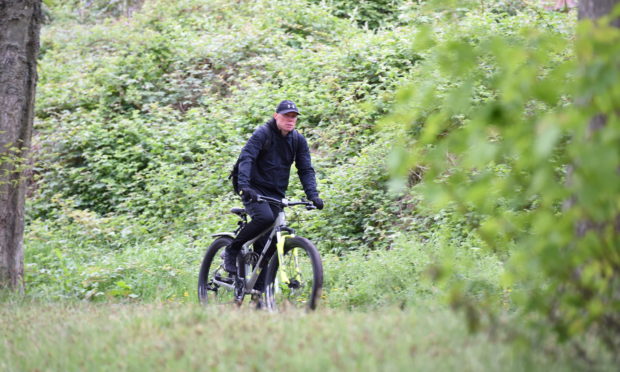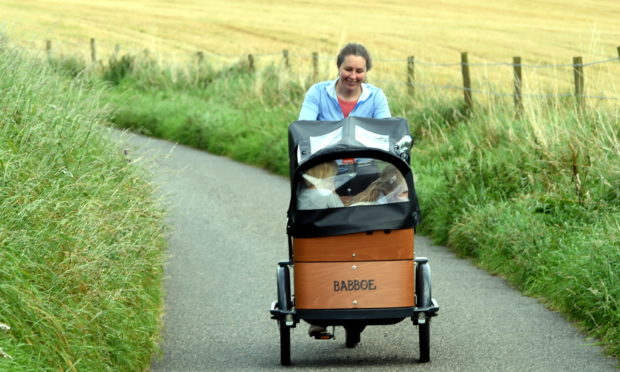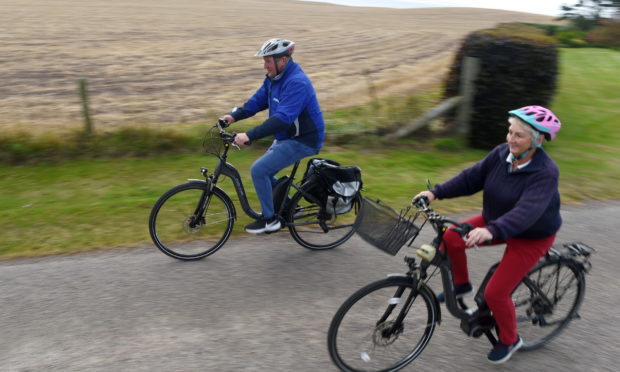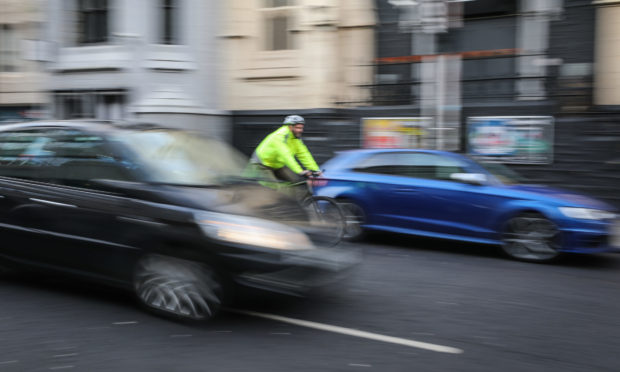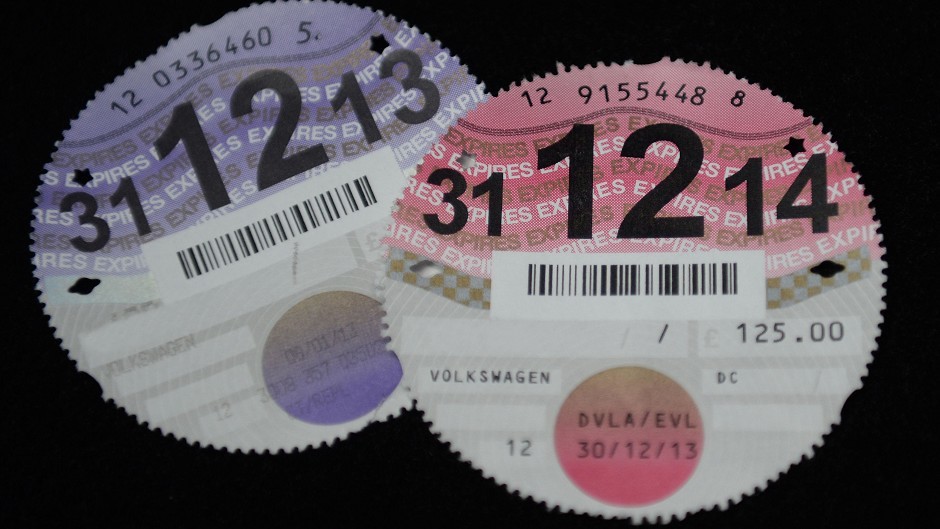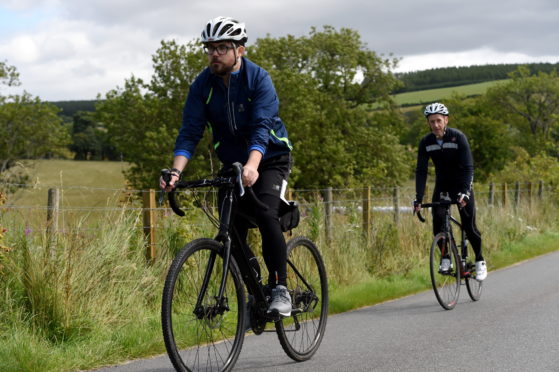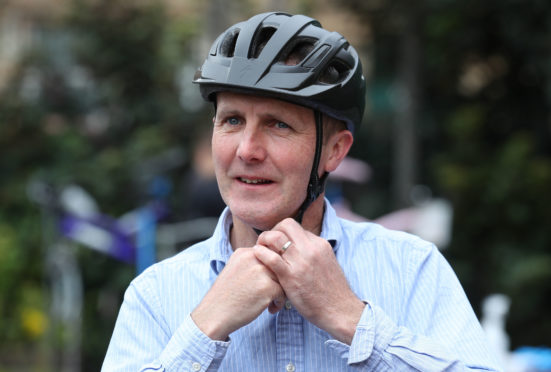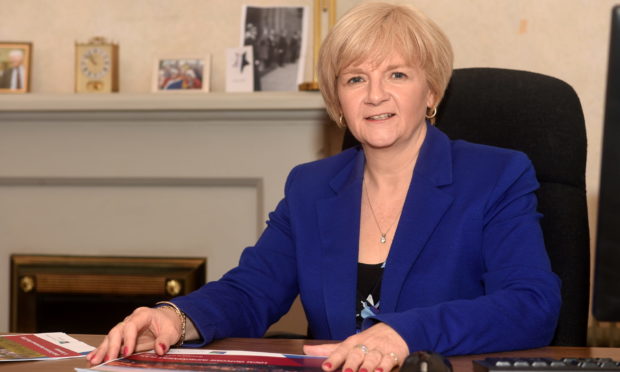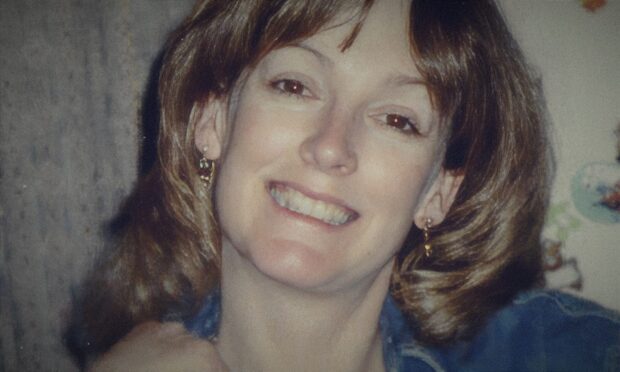More than 90% of cyclists across north and north-east Scotland have experienced “really scary” close passes on local roads, according to a new survey commissioned by the Press and Journal.
Hundreds of local pedal-pushers told the Pandemic Pedal Power survey that they have been dangerously overtaken – widely defined as leaving a gap smaller than 1.5 metres – with a fifth saying it happened every time they went out.
More than 1,000 cyclists responded to our poll, which asked pedal-pushers to rate their riding experience in their local area during the coronavirus pandemic amid a rise in people hopping in the saddle.
The survey also found that:
- Almost half of all locals cycle less than 30 miles a week – less than five miles per day
- Around 55% say they are cycling more as a result of lockdown
- Three percent of those who completed our survey are cycling for the first time
- Two-thirds of locals rate both funding and infrastructure for cycling as “poor” or “very poor”
- People largely cycle for the health benefits rather than as a convenient means of getting from A to B.
Hundreds of people who cycle left comments with their survey on where they cycle, where they avoid and why they cycle in the first place.
We’ve crunched the numbers to come to some striking conclusions about cycling across the north of Scotland – and broken down the results across the Highlands, Aberdeen City, Aberdeenshire and Moray to give you a local picture closer to home, and are pleased to share our findings with you below.
Local cyclists cycle often, for health
Perhaps unsurprising, but more than half of local cyclists who completed our survey say they hop in the saddle several times a week – and in all, four in five do so at least once every seven days.
When they do hit the roads, just over half – 56% in all – cover less than 40 miles a week, or an average of just under six miles a day. However, a sizeable chunk – around 10% apiece – cover up to 75, 100 or over 100 miles every single week.
While cyclists in European cities such as Copenhagen primarily cycle as a means of getting from A to B, Scottish cyclists do it primarily as a means of keeping fit. Just 11% on average cited cycling as either a cost or time-efficient means of getting about, while upwards of 40% cited physical health as their main motivation.
Few readers who spoke to the P&J via our survey said cited getting about as a motivating factor in their cycling.
James West, from Aberdeen, said: “I came to cycling for fitness and weight loss and have continued for a variety of reasons. One of the most important one is headspace. Being out in the countryside on my own is extremely therapeutic.”
Sarah Attwood from the Highlands said she cycled because “being able to get places without having to pollute the place and buy petrol. Being able to do it whilst socialising with friends is even better.”
Car drivers worry cyclists the most
It may come as little surprise that cyclists in the north and north-east say they are most concerned about car drivers when they’re out on the roads.
Asked to rate their concern about other road users on a scale of 0-5, cyclists gave motorists an average score of 4.1 out of five, closely followed by lorry drivers and bus drivers.
Dog walkers and pedestrians also worried cyclists more than other free-wheelers sharing the road.
Councils given a ‘must try harder’ verdict on cycle paths
We asked cyclists to rate the infrastructure for bikes in their local area – and the funding being spent on cycle paths, parking and other essential bits and pieces to make biking as easy as possible. The results were not promising.
Around 60% of cyclists across north and north-east Scotland rated public funding for cycling as either “poor” or “very poor” while two-thirds gave their local infrastructure the same rating.
Readers who responded to our survey often complained of piecemeal offerings seemingly distributed at random in an apparent bid to appease cyclists.
Stonehaven cyclist Nicola Laurenson wrote: “Other than a few lines by the side of the road which indicate the ‘cycle lanes’ I’ve seen no other cycle provisions around the town.
“The cycle lanes are also very dangerous as they’ve been added to the road without widening and the road surfaces are uneven. Poorly maintained drains and potholes are just a few of the hazards.”
Highland cyclist Shane O Connor described his local provision as an “afterthought”, while Moray pedal-pusher Brian Anderson described his local facilities as “pathetic”.
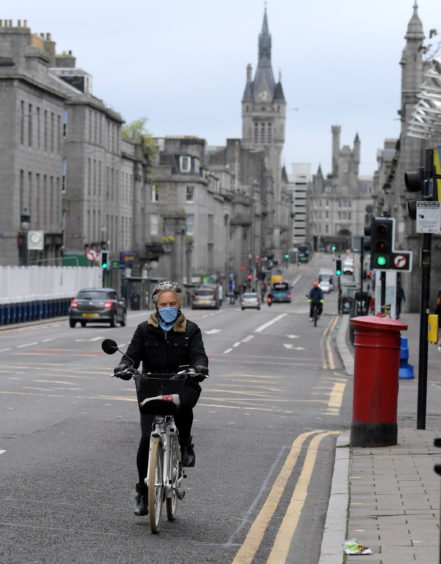
Aberdeen cyclist Paul Gowans had some thorough suggestions for the city council, writing: “The best way to encourage more cyclists is to make driving to places more difficult than by cycling.
“More popular road routes should be accessible by bike through bike paths. There are many bike paths which seem to end abruptly or have parts in between where there are no cycle lane, which I believe may deter people getting into cycling.
“Cycle routes to, for example, schools and shops/supermarkets should be considered a priority as these would likely be the most well used routes.”
Results where you live
As well as summarising the results from across the whole of the Press and Journal’s readership area, we have broken down the data across local authorities too, presented alongside case studies of both veteran and novice cyclists who have spoken to us about their own experiences of cycling during lockdown. You can read these below.
- September 11, 2020
- September 11, 2020
- September 11, 2020
- September 11, 2020
- September 11, 2020
- September 11, 2020
- September 11, 2020
